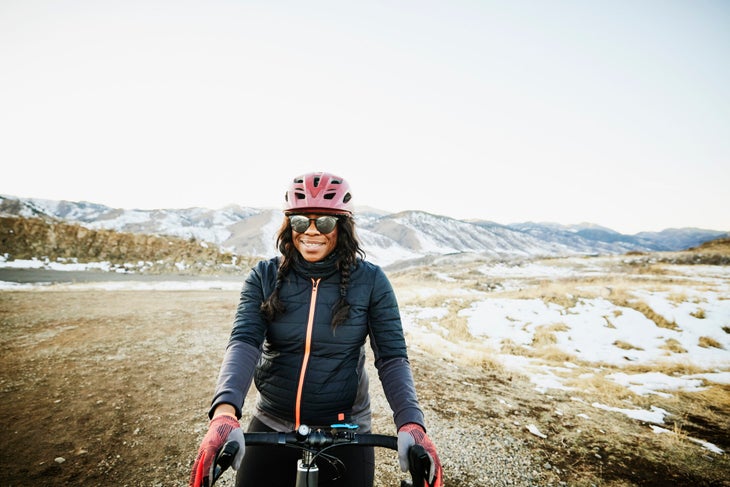Products You May Like
Hiking is a great, low-impact activity well-suited for those recovering from joint-replacement surgery. But that doesn’t mean you can just jump right in with both feet: Hips and knees are the most common joints that doctors replace, and hiking asks a lot of both, both before and after surgery.
Recovery times vary on numerous factors ranging from age, prior activity level, type of surgery, and your specific comorbidities. With either surgery, however, you can do a few key things to help you return to the trail stronger and fitter than ever.

Total Knee Replacement
A recent meta-analysis found that most of those with knee replacements can get back to sports in 6 to 12 months. This is a realistic timeframe for most: It allows for any delays due to routine healing and restoring range of motion, which can, at times, be challenging. Strength will continue to improve as time goes on and the exercises progress in both type and duration.
Muscles above and below the knee control the joint, and your recovery exercises should target those regions. You’ll do this with traditional exercises such as squat variations, hip hinge, and step-up and step-down exercises. Regaining quad strength will take time and consistent effort, so remain diligent and consistent with these exercises. Cycling is a perfect pairing with exercise to work on range of motion, decrease swelling, and help maintain your aerobic endurance.
Total Hip Replacement
Returning to sport following a hip replacement is often a little easier and faster than after a knee replacement; however, it depends on which procedure the surgeon performs. The surgeon will perform either a posterior or anterior replacement procedure: a posterior hip replacement can take more time to recover due to the muscles impacted during surgery. An anterior approach impacts muscles less, and restrictions following the procedure are often less severe. Exercises will be very similar to those of a total knee replacement but may focus more on hip strength. Exercises such as bridges, deadlift variations, lunge variations, and resistance band movements work well to rebuild glute strength.

Getting Back On The Trail
Once you’re reaching the end of your rehab, test your muscles and joints with a shorter hike around 5 to 6 miles and less elevation. Use trekking poles to help reduce joint stress and support your footing over uneven terrain. After the hike, self-assess for muscle soreness, which indicates a need for more strength and endurance exercises in those areas. If everything feels normal, add 10% more distance on your next adventure. Continue building up the mileage slowly using the 10% rule to allow the body to adapt. After the hike, focus on stretches, massaging the leg muscles, and managing any swelling that may arise.
Just remember: “Back to normal” doesn’t necessarily mean back to normal. A total joint replacement can still swell with increased activity even 6 to 12 months after surgery. If the swelling is persistent, accompanied by sharp or stabbing pain, bruising, or if the joint doesn’t feel right, reach out to the surgeon for a follow-up visit.
Lee Welton is a physical therapist assistant and personal trainer in Southeast Idaho. He thru-hiked the Pacific Crest Trail in 2018 and trekked through Italy’s Dolomites. He can typically be found hiking and exploring Idaho and Wyoming. For more information, videos, and resources from Welton, visit trailsidefitness.com.
